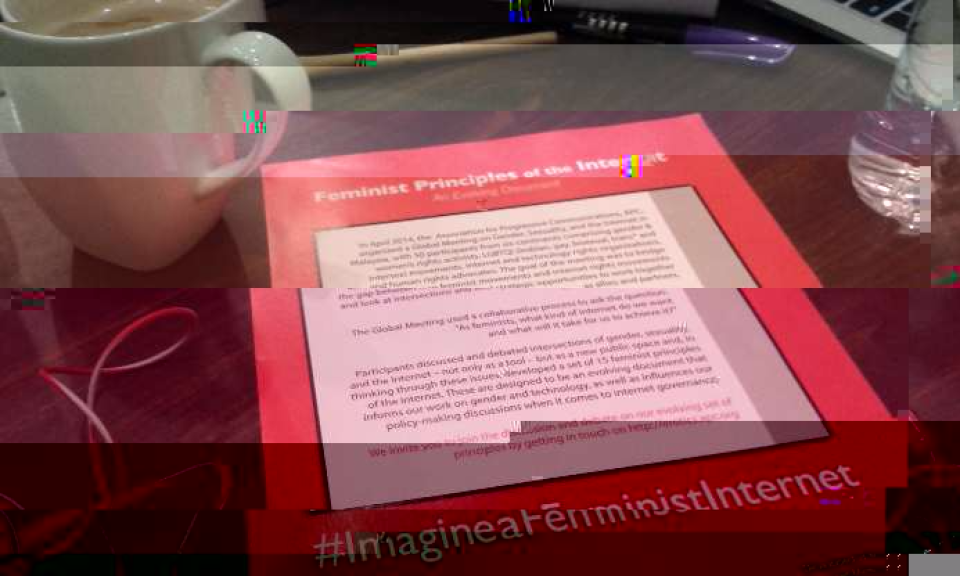
A friend once said that the internet opens up a lot of opportunity for women, and with its default nature of openness, it is a space that is gender-equal. I nodded. A small nod, because I had many questions running through my mind. If it were so open, why were there fewer women online than men? If it were gender-equal, why were women being attacked for speaking their minds online? If it were gender-equal, why were there way more men than women speaking in conversations regarding internet governance all over the world? And many more why’s.
At one international meeting I attended, a female journalist said she maintains several personal online accounts (blogs and social media), and that in some of them she pretends to be a male writer, and in some she uses her true identity. She testified that her male persona received fewer attacks and more intellectual engagement from readers compared to her true persona. For saying similar things.
In 2014 and 2015 I was invited to attend the first and second Gender, Sexuality and the Internet meetings, which were called “Imagine a Feminist Internet”, in sunny Malaysia. The first meeting was attended by 50 feminists from all over the world and the second one was a bit smaller. The meetings talked about the internet: the politics of it, what it means for women, online violence against women and the nature of the harms that we women experience every day, and what kind of internet we want. The meetings gave me a clearer understanding of why I never completely agreed with the notion that the internet is gender-equal, as my friend stated. The abundant experiences from the participants in the meetings gave me a solid look into the internet and the politics of it.
The internet we have today is a representation of life outside the internet. It represents the marginalisation of some groups of people (women, especially women of colour, people with non-conforming gender and sexual identities, the differently abled, and other minority groups). It represents discrimination. It represents misogynist attitudes and ideas. It represents violence. It represents how women are mis- and under-represented in life and even in social and political movements all over the world. It is an extension of what women face offline.
The first meeting came up with 15 Feminist Principles of the Internet that can be clustered into Access, Economy, Expression, Consent, Autonomy and Agency, and Movements and Public Participation. The set of principles is an extension of our continuous struggle.
Now, two years after the initial birth of the Feminist Principles of the Internet, GenderIT.org is publishing an edition on it with a focus on Access, Movements and Agency to see how feminists put the principles into practice in their own contexts. As an evolving document, we need to constantly revisit it to make sure that it stays relevant, or else we should clarify, revise or even change it in accordance with the new circumstances and our needs.
In this edition, you will find articles written by feminists from different countries that touch on the aforementioned topics. I’d like to invite you to read each article in this edition and see if the situations and the works of our great feminist friends resonate with your situations in your own countries. Any feedback and your own experience sharing are warmly welcomed, because only in that way can we enrich our joint efforts and strengthen our solidarity.
- 18661 views







Add new comment